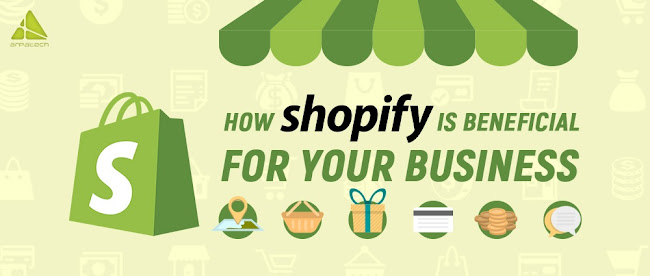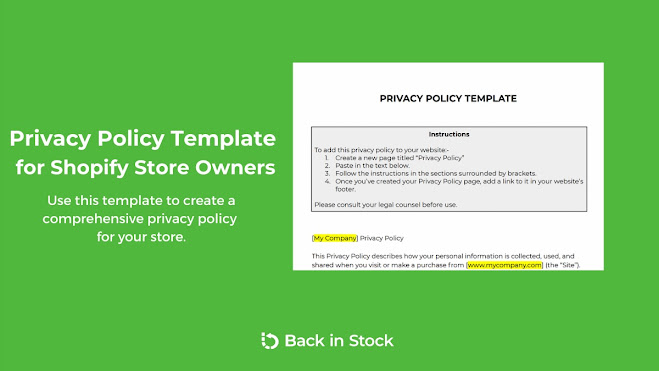Start Your Business With Shopify. If you're not sure where to start, Shopify's free email service is a great place to start. With over four million email subscribers, it's easy to stay connected to your customers, manage tax calculations, and create a policy page. The Shopify app store offers thousands of features and apps to customize your store. There's even a marketplace of Shopify Experts to help you customize your store.
Invest early and start for free with Shopify Email
If you're starting a business, you'll likely want to make sure you're sending out emails to your customers. Email is a direct line of communication with your customers, and in uncertain times, it's a vital tool. Invest in Shopify Email now - it's free until October 2020! It lives in the same section as your marketing campaigns in Shopify Marketing. Unlike other email marketing services, it requires no setup or technical knowledge - you can simply create and send emails with a click of a button. It integrates with your design, so you don't have to spend any extra time on customization.
The benefits of email marketing can't be overstated. While acquiring new customers is challenging, nurturing existing relationships and encouraging repeat purchases are equally important. Unlike other digital marketing channels, email marketing is free of platform whims and can grow with your business. Plus, it's a proven strategy for increasing revenue and customer retention. Investing early in email marketing can help you build a solid customer base and increase your sales without breaking the bank.
Create a policy page
To create a policy page, you will first need to log into your admin panel. From there, you will need to select Settings. Next, click Legal. This will display a hyperlink to your terms and conditions. Make sure that your customers read the terms before they place an order. You can also add links to your policy page elsewhere. Remember, creating a policy page is a crucial step to running a successful business.
Your policy page should be simple and easy to understand. Ensure that you include a link to it in your footer, menu, checkout, and other relevant areas of your site. This will prevent any miscommunication. Additionally, a policy page will help improve your SEO. Here are some tips on how to create a policy page. Read on to learn how to create a policy page for your Shopify store.
When setting up a policy page, you can customize it according to your business's needs. You can customize it according to local laws. You can also add a privacy policy and terms of service agreement. These agreements outline the terms of the relationship between you and your customers. You can also set expectations with customers with your shipping policy. If you want to make sure that your customers feel comfortable and secure while buying from your online store, you should add a shipping policy.
Manage tax calculations
To ensure compliance, you'll want to manage tax calculations when starting a business with Shopification. The tool helps you figure out the amount of tax you owe based on your shipping zone. There are also several options for determining where you'll have to pay taxes. You can manage these in Settings > Taxes. For instance, you can choose whether taxes are included in the price of your products or applied to shipping rates. You can also set up a manual override of shipping rate taxation.
Managing tax calculations is an important part of running a successful online store. For instance, most businesses need to collect and report taxes from customers. In addition, these taxes must be remitted to the government at the end of the year. However, starting a business with Shopify can make this process simpler. For this reason, the platform comes with a tax-managing tool to make the process easier.
Once you've set up your Shopify account, you need to figure out which states you want to collect sales tax from. There are also a few options to select the tax regions for your store. You can also decide whether you want to include sales tax in your product prices. By doing so, you can avoid any unexpected costs. Once you've completed these steps, you're ready to run your first store with Shopify.
Build an online store
Whether you're launching a new product or need to create a store to sell a product or service, Shopify can help you succeed. Its drag-and-drop interface lets you add products and edit their details, and it handles online payments for you. It also supports PayPal and many other payment solutions, and you can run promotions and sales. Plus, Shopify is much cheaper than hiring someone to build your store for you, and it offers continuous updates and good customer service.
A simple contact page gives customers clear options for contacting your store. It also includes a link to your FAQ page, which addresses common customer questions. You can even set free shipping as a default option. To make the payment process easy, Shopify has payment methods that are convenient for customers. You can use Paypal, Stripe, and many other payment methods, so that your customers can pay in the most convenient manner. Whether you're selling clothing or a book, your website should be easy to navigate.
Create collections. This allows you to group related products together, which makes it easier for customers to find what they're looking for. You can also manage the availability of your products by tagging them. A main menu is your most important menu for now, but you can add collections and pages to it. You can also have a footer or sidebar menu, and you can even create a nested menu. All this information is detailed in Shopify's help resource.
Set up dropshipping
If you are looking to launch a retail business, you can use Shopify to set up dropshipping. The setup process is very simple and requires little investment. In addition to allowing you to create a unique store, this platform offers a wide variety of marketing options to help you make money. You can start by adding a domain name and business name to your store. Be sure to pick a name that stands out from your competitors. Try to make the name short and easy to remember. Shorter names are easier to spell and pronounce.
Before you can begin dropshipping, you'll need to set up your Shopify store. Before launching your store, think about your brand and marketing strategy. Since Shopify provides these services, you'll be able to focus on promoting your business instead of worrying about inventory or shipping. Create an eye-catching, professional-looking Storefront to attract customers. Then, you can start selling.
With Shopify dropshipping, you don't have to worry about inventory. The wholesaler will handle the production and shipping of your products. This allows you to focus on marketing and building your brand instead of managing inventory. Dropshipping is a flexible, cost-effective way to sell your physical products. It's also easy to set up. Once you've finished setting up your store, you can begin listing your products.
Invest in Shopify's App Store
Before you invest in Shopify's App Store, you should establish a list of business objectives. What are your main goals? Which apps will help you increase traffic and brand awareness? And what should you look for in an app? Below are some tips that will help you find the best apps for your business. You can use them to find a solution for your pain points. And, don't forget to compare their prices, functionality, and customer reviews.
Investing in Shopify's App Store can help you avoid common pitfalls. First of all, it can increase sales. You should consider the number of visitors your app has and determine how much revenue it could generate. Once you've established the number of potential customers, you should spend some time figuring out how to improve the app. Once you have a list, you should analyze your competitors and flesh out the concept. Shopify's App Store also provides a free Partner Program to help merchants create apps that enhance their sales and revenue.
While Shopify declined to disclose the exact number of apps it has invested in this year, it has disclosed six other startups in its App Store. One of them is Loop Returns, which helps companies manage returns. Another one, Co-op Commerce, helps brands acquire customers outside of Google and Facebook advertising. It also helps brands market post-purchase offers on other brands' sites. All of these startups have a direct impact on Shopify's business.



